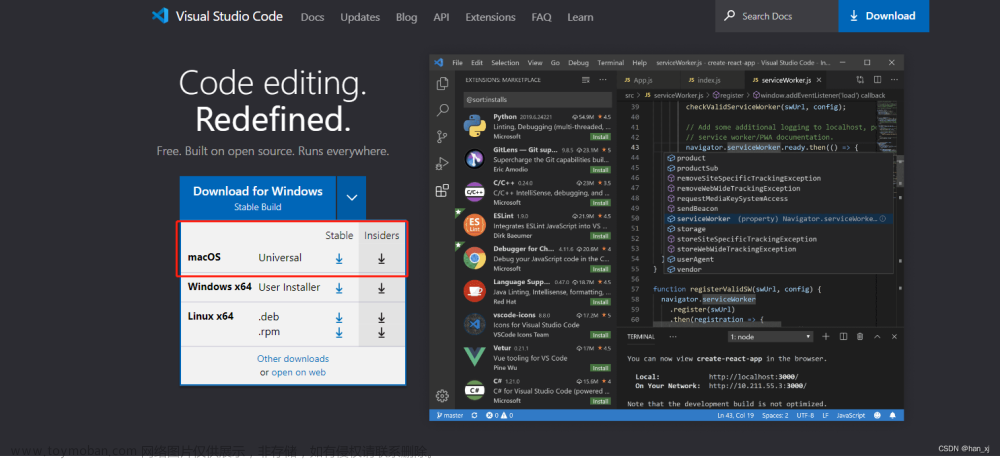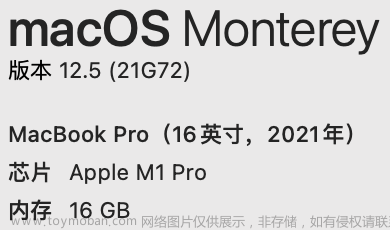Code Block
In a programming language, a code block typically starts with certain syntactical constructs such as loops, conditionals, or function definitions. When a compiler walks the Abstract Syntax Tree (AST), it uses this syntax information to recognize the beginning of a new code block. Here are some examples:
-
Loop Statements:
for,while, ordo-whileloops usually signal the beginning of a new code block in C, C++, or Java. -
Conditional Statements:
if,else if,elsebranches also typically begin new code blocks. - Function Definitions: When a new function is defined, that typically starts a new code block.
-
Scope Blocks: Any pair of
{}in C, C++, or Java starts a new code block. Similarly, indentation in Python starts a new block.
When the compiler encounters one of these nodes in the AST, it understands that a new code block is beginning. In response, it usually performs actions like:
- Creating a new scope for variable declarations.
- Initializing a new compilation unit or other data structures to hold the instructions generated within this code block.
- Recording the starting position for this block, for later back-patching or other forms of code modification.
For example, let’s consider a simple Python code block:
if x > 0:
y = 2 * x
When the compiler encounters the if x > 0: node in the AST, it will recognize it as the beginning of a new code block. The compiler then typically creates a new compilation unit or similar structure to keep track of the variables, instructions, and other related information for that block.
So, recognizing the start of a code block is a function of both the language’s syntax and the corresponding nodes in the AST that the compiler uses for generating code.
The ending of a code block is determined by the programming language’s syntactical rules and is often marked by:
-
Closing Brackets: In languages like C, C++, and Java, a closing curly bracket
}signifies the end of a block of code. -
Indentation Level: In Python, the end of a block is usually determined by a change in indentation back to the level of the enclosing block.
-
Explicit End Statements: Some languages like Ruby or older languages like Fortran use explicit end statements (
endin Ruby,end doin Fortran) to mark the end of a block. -
End of File or Function: In some contexts, reaching the end of the file or the end of a function definition could implicitly signal the end of the outermost code block.
-
Semicolons: In some languages, a semicolon
;is used to terminate single statements. Although not strictly an “end of block” marker, its presence often helps in recognizing the extent of certain kinds of code blocks.
In the compiler’s process:
-
When walking the Abstract Syntax Tree (AST), encountering such ending markers in a node would signal the compiler to finish the current compilation unit or basic block.
-
At this point, the compiler might finalize the generated bytecode or machine code for the block, pop the most recent scope off the scope stack, and perform any necessary cleanup activities like deallocating resources.
-
For languages that use opening and closing pairs (like
{}in C++ or Java), compilers often check that these are balanced, throwing a compile-time error if they’re not. -
If the language has block-level scope, variables that were declared in the block will typically go out of scope when the block ends.
For example, consider the following Python code:
if x > 0:
y = 2 * x
# Block ends here due to change in indentation
In the Python example, the block ends when the indentation level returns back to the same level as the if statement, marking the end of the if block. The compiler, upon reaching this point, would know that the block has ended and proceed accordingly.
By understanding these syntactic markers and using the AST, a compiler can reliably determine where each code block begins and ends.
Basic Block
In compiler theory and program analysis, identifying the start and end of Basic Blocks often relies on control flow analysis of the program code. Basic blocks have several characteristics:
-
Start Instruction: The first instruction in a basic block is one that is not the target of any jump (i.e., no other instruction jumps to this one).
-
End Instruction: The last instruction in a basic block is usually a control-flow instruction, such as a conditional jump, an unconditional jump, or a return. After this, the control flow may divert to one or multiple different basic blocks.
-
Intermediate Instructions: All intermediate instructions in a basic block are executed sequentially; there are no control flow jumps in or out in the middle of a basic block.
Therefore, identifying basic blocks usually involves the following steps:
-
Identify All Jumps and Targets: Scan through the entire code, marking all control-flow changing instructions (like
jmp,je,call, etc.) and their potential target addresses. -
Mark Start Points: The program entry point (usually the
mainfunction or equivalent) and all jump targets are potential start points for basic blocks. -
Mark End Points: All instructions that change control flow (jump or return) are potential end points for basic blocks.
-
Divide Basic Blocks: Using the marked start and end points, divide up contiguous sequences of instructions to form basic blocks.
The purpose of doing this is to facilitate subsequent compiler optimizations like constant folding, dead code elimination, and more advanced optimizations like loop invariant code motion. Basic blocks serve as the fundamental unit for these optimizations, helping to simplify analysis and improve efficiency.
Differences
The terms “code block” and “basic block” have specific meanings in the context of programming and compiler theory. Here are some key differences:
Code Block
-
Scope of Definition: A code block is a high-level concept that usually refers to a group of statements enclosed by delimiters like braces
{}in languages like C, C++, and Java, or defined by indentation in languages like Python. -
Purpose: Code blocks typically serve to group statements together for the purpose of scoping or control flow (e.g., loops, conditionals).
-
Contained Elements: A code block can contain variable declarations, control flow statements (e.g.,
if,else,while,for), and even other nested code blocks. -
Language Feature: The concept of a code block is a feature of the programming language’s syntax and semantics.
-
Not Optimized: Code blocks are not units of optimization. Any optimization that happens is usually done at the level of basic blocks or across basic blocks.
Basic Block
-
Scope of Definition: A basic block is a lower-level concept often used in compiler theory. It refers to a straight-line sequence of instructions with no branches in and no branches out, except possibly at the end.
-
Purpose: The primary purpose of identifying basic blocks is for optimization during the compilation process. By understanding what each basic block does, a compiler can make intelligent choices about reordering instructions, eliminating redundancies, etc.
-
Contained Elements: A basic block contains a list of machine instructions that are executed sequentially. It does not contain control flow statements as a code block does; rather, it is the target of control flow instructions.
-
Compiler Feature: Basic blocks are usually an intermediate representation in the compilation process rather than a language feature.
-
Optimization Unit: Basic blocks are the primary units of optimization in many compilation strategies. Various optimization algorithms work by considering the effects of a computation at the basic block level.文章来源:https://www.toymoban.com/news/detail-667997.html
In summary, a code block is a syntactic construct that groups statements together for scoping and control flow, while a basic block is a straight-line sequence of instructions used for optimization by a compiler.文章来源地址https://www.toymoban.com/news/detail-667997.html
到了这里,关于Code Block & Basic Block的文章就介绍完了。如果您还想了解更多内容,请在右上角搜索TOY模板网以前的文章或继续浏览下面的相关文章,希望大家以后多多支持TOY模板网!












